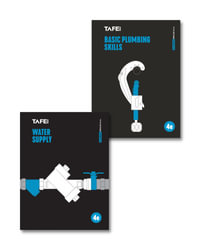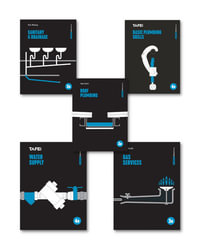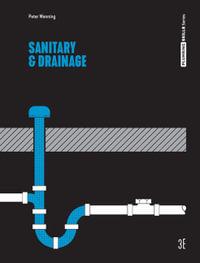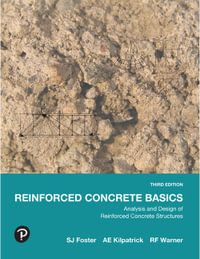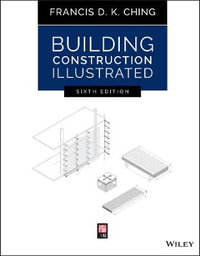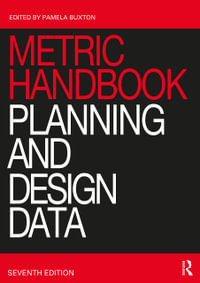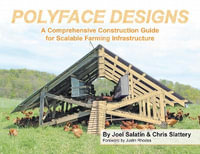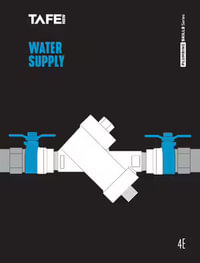| Introduction | |
| Preliminary | p. 1 |
| Soil retaining structures | p. 2 |
| The tools for analysis | p. 3 |
| The objective of this study | p. 3 |
| The approach taken and the content of this thesis | p. 4 |
| Design Methodology | |
| Introduction | p. 5 |
| The common design approach | p. 6 |
| Designing as a process | p. 8 |
| Designing as a skill | p. 9 |
| Designing as an optimisation exercise | p. 11 |
| Cost components | p. 11 |
| The economic approach to designing | p. 14 |
| The optimisation function | p. 14 |
| Staged execution of the design process | p. 19 |
| Time related aspects of a civil engineering project | p. 21 |
| Optimisation of an engineering structure | p. 21 |
| Limit state analysis | p. 23 |
| The normative approach to additional demands | p. 23 |
| Organisation; parallel execution | p. 25 |
| Automating as an objective means of sharing information | p. 26 |
| Summary | p. 28 |
| Development of Models for Structural Analysis | |
| Introduction | p. 29 |
| Structural analysis | p. 30 |
| Sources for model development | p. 31 |
| Limit state analysis | p. 31 |
| Development space | p. 31 |
| Verification | p. 33 |
| Validation | p. 33 |
| The merit of a model | p. 34 |
| Finite element analysis | p. 35 |
| Development strategy | p. 35 |
| Concluding remarks | p. 36 |
| Soil Mechanics and Groundwater Flow | |
| Introduction | p. 39 |
| The storage equation | p. 40 |
| Ground-water flow and deformation interaction | p. 44 |
| Equilibrium of stresses, i.e. virtual work | p. 46 |
| Continuity of pore-water | p. 47 |
| Hamilton's principle for groundwater flow | p. 48 |
| Soil behaviour and constitutive modelling | p. 49 |
| Finite element implementation | p. 52 |
| Summary and concluding remarks | p. 56 |
| Block Revetments | |
| Introduction | p. 57 |
| The stability of block revetments | p. 59 |
| Stability against uplift | p. 59 |
| Stability, against sliding of the revetment | p. 62 |
| Geotechnical stability under wave impact | p. 62 |
| Groundwater flow through revetments | p. 63 |
| Introduction | p. 63 |
| Analytical formulation | p. 63 |
| Numerical, 2D formulation and constitutive behaviour | p. 68 |
| Turbulent flow through revetments | p. 72 |
| Oblique wave impact, and stability | p. 75 |
| Introduction | p. 75 |
| Oblique wave impact and criteria against uplift | p. 76 |
| Stability against sliding of flexible revetments | p. 77 |
| Introduction | p. 78 |
| Revetment on a filter layer | p. 78 |
| Stability criteria for sliding | p. 78 |
| Stability of the revetment | p. 84 |
| Examples | p. 85 |
| Concluding remarks | p. 87 |
| Field study of block-mattresses | p. 87 |
| Concluding remarks | p. 91 |
| Flexible Retaining Walls | |
| Introduction | p. 93 |
| Functions of flexible retaining walls | p. 94 |
| Functional aspects of flexible retaining walls | p. 95 |
| Functional value of soil and water retaining structures | p. 98 |
| Failure modes: mechanisms for flexible retaining walls | p. 99 |
| Structural analysis | p. 102 |
| Soil loading | p. 102 |
| The method of Blum | p. 105 |
| Subgrade reaction models | p. 107 |
| Finite element analysis for flexible retaining walls | p. 108 |
| Verification of the finite element implementation | p. 115 |
| Rough anchor wall in cohesive soil | p. 116 |
| Cantilever wall in frictional soil | p. 118 |
| Conclusions | p. 121 |
| Field study of a sheet pile wall | p. 122 |
| Preface | p. 122 |
| The prediction of Rijkswaterstaat | p. 123 |
| Test execution and measurements | p. 131 |
| Back-analysis | p. 133 |
| Conclusions | p. 142 |
| Bored Tunnels in Soft Soil | |
| Introduction | p. 143 |
| Bored tunnels in the Netherlands | p. 144 |
| Geology of the Netherlands | p. 145 |
| Typical problems of bored tunnelling in soft soil | p. 146 |
| Modes of failure for a tunnel lining | p. 151 |
| Structural analysis of the tunnel lining | p. 155 |
| Design methodology | p. 155 |
| Models for the analysis of stresses in the tunnel lining | p. 158 |
| Field study Second Heinenoord tunnel | p. 175 |
| Introduction | p. 175 |
| The second Heinenoord tunnel | p. 175 |
| The monitoring scheme | p. 176 |
| Bore front instability | p. 178 |
| Structural behaviour of the tunnel lining | p. 178 |
| Concluding remarks | p. 199 |
| Conclusions and Recommendations | |
| Introduction | p. 201 |
| Conclusions | p. 201 |
| Recommendations | p. 203 |
| List of Symbols | p. 205 |
| References | p. 209 |
| Equations of Equilibrium for a Ring | |
| Differential equations | p. 215 |
| Radial loads only | p. 216 |
| Tangential loads only | p. 217 |
| Combined equations for the stresses | p. 219 |
| Radial Deformations | p. 219 |
| Example for a tunnel | p. 219 |
| Ultimate Limit State for a Tunnel Lining | |
| Ultimate limit load for a tunnel lining ring | p. 223 |
| The ultimate limit state model | p. 224 |
| Table of Contents provided by Syndetics. All Rights Reserved. |


